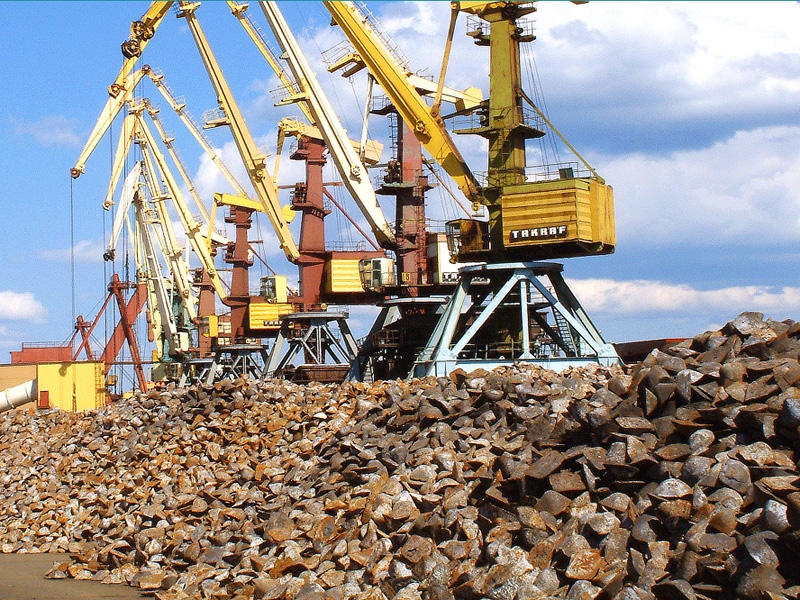Despite the green steelmaking rhetoric in Europe, the region’s steelmakers will remain dependent on coal for some time to come, while producers in developing economies will continue investments into new coal-based capacity. So said speakers at last week’s Eurocoke Summit in Amsterdam.
The green hydrogen-based direct reduction-electric arc furnace route can reduce carbon emissions by 97% versus the conventional blast furnace-oxygen converter route; however, there is a huge obstacle to this. Green energy is needed on a scale hitherto unseen, Stahlinstitut VDEh executive board member Dr Hans Lungen pointed out at the event attended by Kallanish. Another challenge is the limited availability of DR-grade iron ore pellet, which is highly-beneficiated versus BF feed.
A shorter-term alternative to direct carbon avoidance is to follow the smart carbon usage pathway, an example of which is the Hisarna ironmaking process installed at Tata Steel IJmuiden. This produces carbon-rich process gas that can be used effectively for carbon capture, utilisation and storage (CCUS) at an EU coastal plant, Lungen observed.
Tata Steel IJmuiden Hisarna Pilot Plant technology manager Johan Van Boggelen said the International Energy Agency has pointed out that a majority of global steelmaking will still be somehow dependent on carbon by 2050. This does not mean the conventional integrated process will remain dominant, but CCUS will increase.
“These firms who say they will use hydrogen won’t do so immediately,” he observed. The transition phase will involve the use of natural gas which will require some form of carbon capture. Green steelmaking will require the development of hydrogen storage infrastructure, which will take ten years to build.
Direct smelting through Hisarna is a good alternative, Van Boggelen said, having demonstrated carbon emissions can be cut by 50% without carbon capture, by using 50% scrap feedstock charge and biomass instead of coal. The next step will be to introduce natural gas into the process. Coupled with CCUS, this can result in negative emissions.
The touted use of biomass on a large scale, meanwhile, will require processes to upgrade it to high levels of decarbonisation, while the issue of what to do with increased DRI slag also needs to be considered, Van Boggelen commented. Much of the BF slag currently produced is reused in the cement industry, but this is not possible with DRI slag.
H&W Worldwide Consulting principal consultant Dr. Neil Bristow meanwhile said the challenges of meeting hydrogen production and transport “have been underplayed”.
Europe will be at the forefront of the decarbonisation push. India, South America and Southeast Asia will however see BOF-based steelmaking grow to 2035, requiring increased coking coal. These regions have insufficient scrap supply, while there is not enough BF pellet or hydrogen supply globally to ensure their decarbonisation. Growing steel demand can only be met through more integrated steelmaking investments.
“That’s going to mean that demand for coking coal, even if Europe declines, is still going to develop strongly outside of Europe,” Bristow concluded.
Adam Smith Germany






